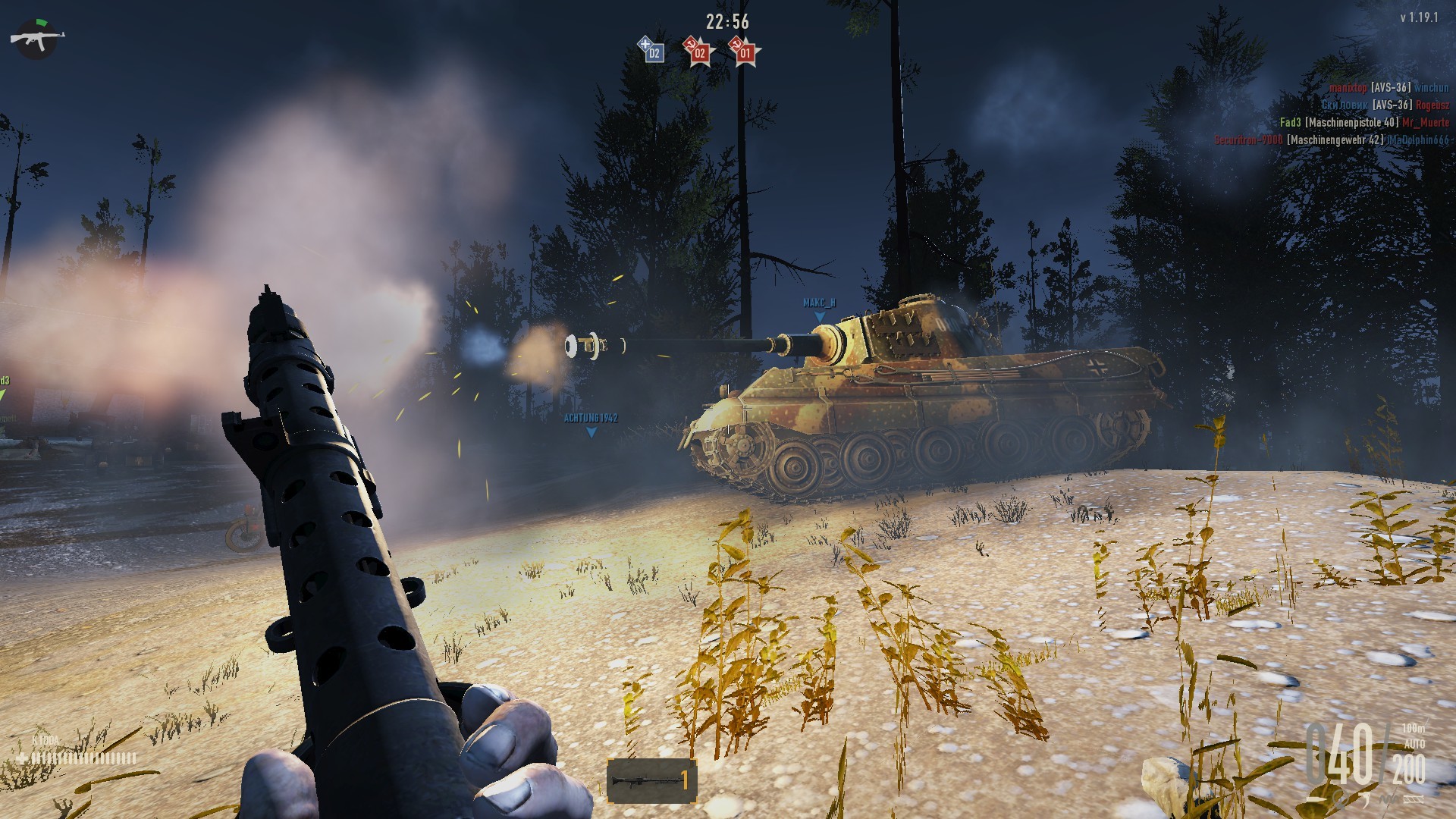

One additional point for each month in service overseas One point for each month in service in the Army Points were awarded according to the following formula: Under this scheme, every US soldier was awarded a number of points based on how long they had been overseas, how many decorations they had received, how many campaigns they had taken part in, and how many children they had. GIs more commonly referred to it as the point system. Soldiers’ resulting frustration with the Army could have lasting significance for the American public’s support for military spending after the war.Īfter soliciting feedback from commanders around the world, the Army ultimately devised and implemented a system called the Adjusted Service Rating Score. Otherwise it risked provoking widespread protests from restless soldiers overseas who had no enemy to fight. It was imperative that the Army find a way to send soldiers home in a prompt manner based on objective criteria. During World War II, however, this was not a viable option since older divisions included many soldiers who had arrived overseas as replacements in the final months of the war. After World War I, moreover, American divisions had been sent home as entire units. Following the Armistice of 1918, the US Army’s rapid and disorderly demobilization left it woefully undermanned. Pershing’s Chief of Staff during World War I, witnessed first hand the Army’s demobilization failures after that earlier war. Marshall, who had served as General John J. Marshall had anticipated this herculean task and charged the Special Planning Division in July 1943 with devising a system to determine which soldiers would occupy Germany, which soldiers would transfer to the Pacific, and which lucky soldiers would be sent home to their families. Since the US Army had a surplus of troops for those two missions, it also had to equitably identify and discharge millions of men who had fought in Europe. The biggest field army in US history had to transition into an occupation force, and hundreds of thousands of American soldiers in Europe had to redeploy halfway around the world for the expected invasion of Japan. When Germany surrendered to the Allies on May 8, 1945, the US Army suddenly faced an enormous new task. Top Image: American Soldiers of the US 9th Army cheer as the SS John Ericsson approaches Pier 84 in the Hudson River at the end of World War II.


 0 kommentar(er)
0 kommentar(er)
